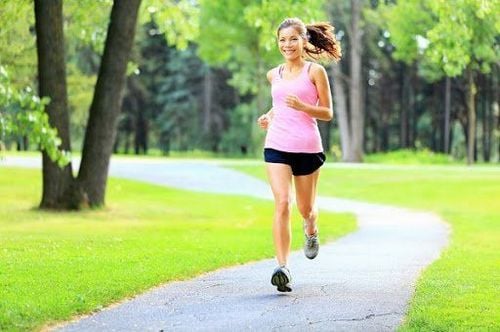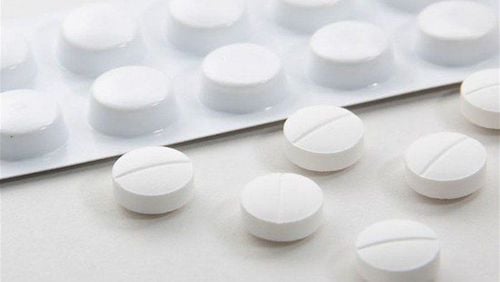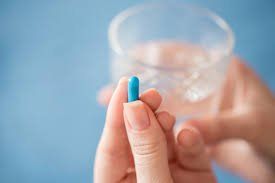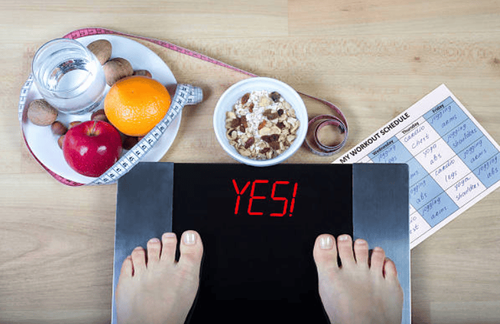This is an automatically translated article.
Posted by Master, Doctor La Thi Thuy - Interventional Cardiologist - Cardiovascular Center - Vinmec Central Park International General Hospital
Forming a habit of exercise is very important for cardiovascular disease. Physical activity can strengthen your heart muscle and help you control your blood pressure and cholesterol levels. You can refer to the forms and exercises that are good for the heart on news sites or under the guidance of doctors, health experts.
1. Fitness and the heart
Exercise can also help you be more active without chest pain or other symptoms. It can also help lower blood pressure and cholesterol. If you have diabetes, it can help you control your blood sugar. Therefore, cardiovascular exercises are often recommended by doctors to patients.
Regular exercise can help you lose weight. Besides, you will also feel lighter in all work. Exercise will also help keep your bones strong.
People with heart disease should have a health plan discussed with their doctor before starting exercise because you need to make sure the cardiovascular exercise you want to do is safe for you. . This is especially important if:
You have had a recent heart attack You are experiencing chest pain or shortness of breath You have diabetes You have had a recent heart procedure or surgery
2. Types of sports you can participate in
The doctor will advise which sport is most suitable for you at each time. Aerobic athletic activity (aerobic respiration) requires long-term heart and lung activity. This will help your heart use oxygen better and improve blood flow. You want to increase the intensity of your cardio workout a little bit with each workout, but not too much.
You should start slowly, choosing early active sports such as walking, swimming, light jogging or cycling. Exercise at least 3 to 4 times a week.
Always remember to do a stretch or move for 5 minutes to warm up your muscles and heart before exercising. After exercising you should gradually reduce the intensity by doing the same movement but at a slower pace.
Take time to rest before you feel exhausted. If you feel tired or have any heart symptoms, stop. For cardiovascular exercise, you should choose comfortable clothes.
When the weather is hot, you should exercise in the morning or evening. Be careful not to wear too many layers of clothing. You can also go to an indoor mall to walk.
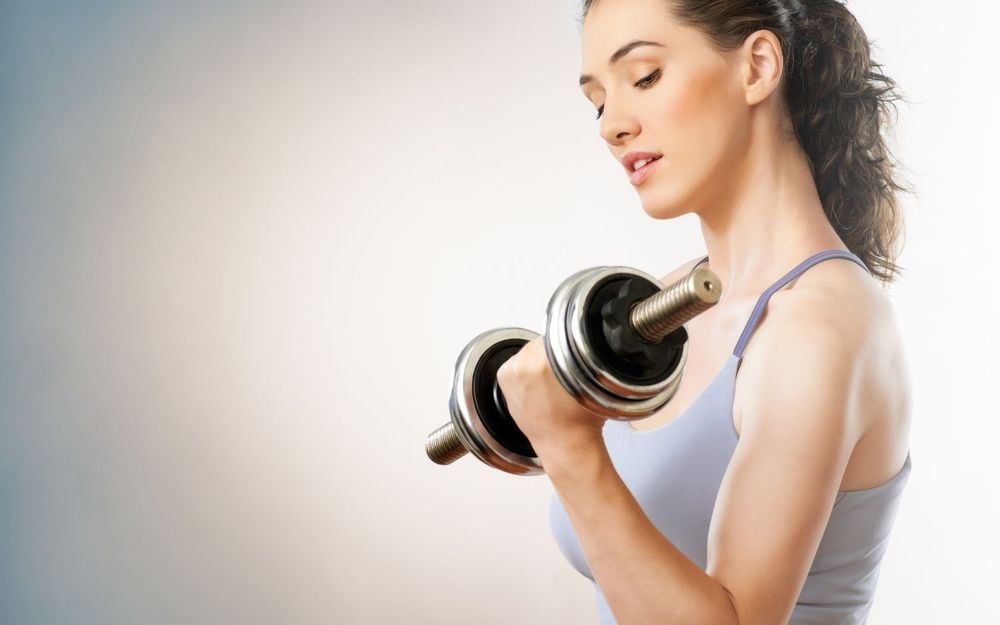
Tập tạ là một phương pháp tập thể dục tốt cho tim mạch
Weight training can improve your strength and help muscles work together better. This can make everyday activities lighter and easier. These exercises are great for you, but they're not as good for your heart as aerobic exercise. Accordingly, you should exercise gently and do not over-stretching movements. It's better to do lighter exercises when you have a heart condition rather than overdo it.
You may need advice from a physical therapist or coach. They can show you how to do cardiovascular exercise the right way. Make sure you breathe evenly and switch between upper and lower body activity, and take frequent breaks.
3. Practice step by step and know your limits
If exercise puts too much strain on the heart, you may experience pain and other symptoms, such as:
Dizziness or lightheadedness Chest tightness Abnormal heartbeat or pulse Shortness of breath/shortness of breath Nausea It is important that you pay attention to these warning signs. Stop what you are doing and rest. In addition, you also need to know what to do if cardiovascular symptoms occur:
Use Nitroglycerin if you have been instructed to use by your doctor when chest heaviness occurs If you have symptoms, Record what you are doing at the time of day. Then tell this to your doctor again. If these symptoms get worse or don't go away when you stop exercising, tell your doctor right away. You should know your resting heart rate, and you should also know your safe exercise heart rate. Try taking your pulse while exercising or track it on modern personal devices. This way, you can see if your heart is beating at a safe exercise rate. If your heart rate is too high, slow down. Then check again to see if it has returned to normal after 10 minutes. Drink plenty of water: Take frequent breaks from exercise or other strenuous activities.

Các bài tập thể dục tốt cho tim mạch nên được bắt đầu một cách từ từ và chậm rãi
4. When to contact a doctor?
In the process of performing cardiovascular exercise, if you experience the following signs, you need to contact your doctor:
Pain, pressure, tightness or heaviness in the chest, arms, neck or jaw Shortness of breath/difficulty breathing Abdominal pain or indigestion Arms appear numb Sweating or if you become white (skin discoloration) Lightheadedness/lightheadedness Changes in symptoms of angina mean cardiovascular disease Yours becomes more dangerous. Symptoms of chest pain that occur include:
More pain Happens more often Lasts longer Occurs when you either do nothing or when you are resting Symptoms do not get better when you take medicine. In addition, the patient should also be examined again if in case you cannot be as active in sports as you were before. However, for an accurate and in-depth examination, you should choose reputable medical facilities to perform.
With many years of experience in the examination and treatment of cardiovascular diseases, now Vinmec International General Hospital has become one of the major Cardiology centers, possessing a team of qualified doctors and nurses. , be trained. Therefore, when there are signs or symptoms of dangerous cardiovascular disease, patients need to go to Vinmec International General Hospital for examination and treatment.
Please dial HOTLINE for more information or register for an appointment HERE. Download MyVinmec app to make appointments faster and to manage your bookings easily.




